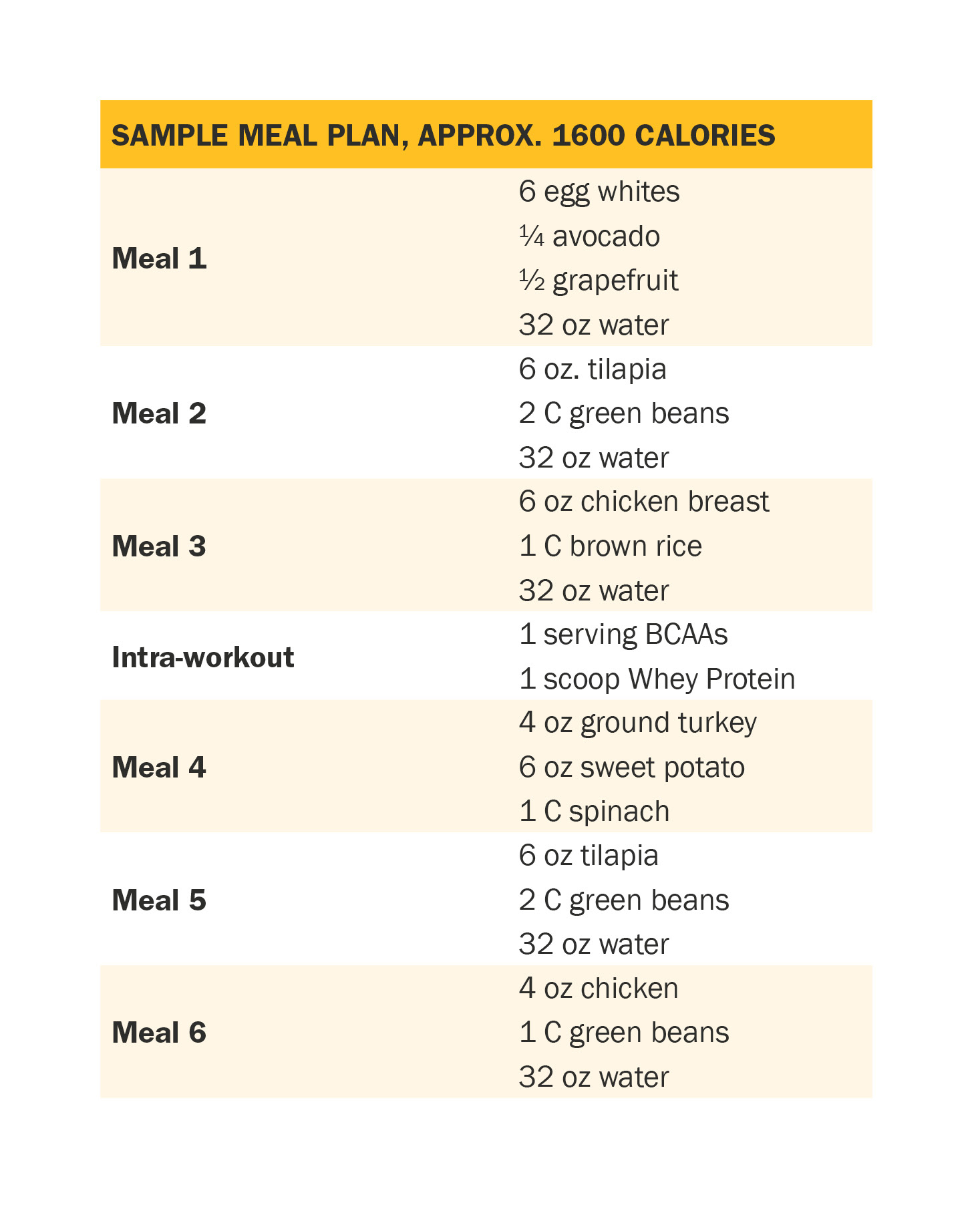AIM Uncovered
Exploring the latest insights and trends in technology and innovation.
Slicing Through the Myths of Cutting Diets
Uncover the truth behind cutting diets! Debunk myths, discover facts, and redefine your approach to weight loss with our expert insights.
Debunking the Top 5 Myths About Cutting Diets
When it comes to cutting diets, misinformation can lead to poor dietary choices and hinder progress. One common myth is that cutting diets require extreme calorie restriction. In reality, a well-planned cutting diet aims for a moderate calorie deficit, allowing for sustainable weight loss without sacrificing essential nutrients. Instead of drastically slashing calories, focus on balanced meals that include protein, healthy fats, and plenty of vegetables. This approach helps maintain energy levels and muscle mass, which are crucial during the cutting phase.
Another prevalent myth is that carbohydrates should be completely eliminated in cutting diets. However, carbs are an important source of energy and play a significant role in muscle recovery and overall performance. Instead of cutting them out entirely, opt for complex carbohydrates such as whole grains and legumes, which can be enjoyed in moderation even while cutting. By incorporating these nutrient-dense options, you ensure that your body has the necessary fuel to power through workouts and effectively shed unwanted fat.

Is a Cutting Diet Right for You? Understanding the Basics
When considering whether a cutting diet is right for you, it's essential to understand its fundamental principles. A cutting diet typically involves reducing calorie intake to lose fat while maintaining muscle mass. This process often includes increased protein consumption, moderate carbohydrates, and lower fat intake. It's crucial to ensure that your diet is balanced and nutritionally adequate to prevent potential health issues. Before starting a cutting diet, assess your current health status, fitness goals, and lifestyle to determine if this approach aligns with your needs.
A successful cutting diet should ideally incorporate regular exercise, particularly strength training and cardiovascular activities. Consider the following tips for an effective cutting phase:
- Set realistic, measurable goals to track your progress.
- Prioritize whole foods over processed options for better nutrition.
- Stay hydrated and maintain adequate fiber intake.
- Monitor your calorie intake to create a sustainable deficit.
Ultimately, the right diet is one that you can maintain while still enjoying your meals and fostering a healthy relationship with food.
The Science Behind Cutting Diets: What You Need to Know
The science behind cutting diets is rooted in the principle of creating a calorie deficit. When you consume fewer calories than your body burns, it prompts the body to utilize stored fat for energy. This process involves complex biochemical pathways, including the mobilization of fatty acids from adipose tissue and their subsequent oxidation for energy production. Notably, understanding your Basal Metabolic Rate (BMR) is crucial, as it helps you determine how many calories you burn at rest, guiding your caloric intake for effective weight loss.
Moreover, a successful cutting diet is not solely about calorie restriction; it's equally important to focus on macronutrient composition. Incorporating high-protein foods can aid in preserving lean muscle mass while promoting fat loss. A balanced approach often includes:
- Healthy fats from sources like avocados and nuts
- Complex carbohydrates such as whole grains and legumes
- Lean proteins to support muscle maintenance
By strategically managing both caloric intake and nutrient types, one can optimize results and ensure a sustainable approach to weight loss.